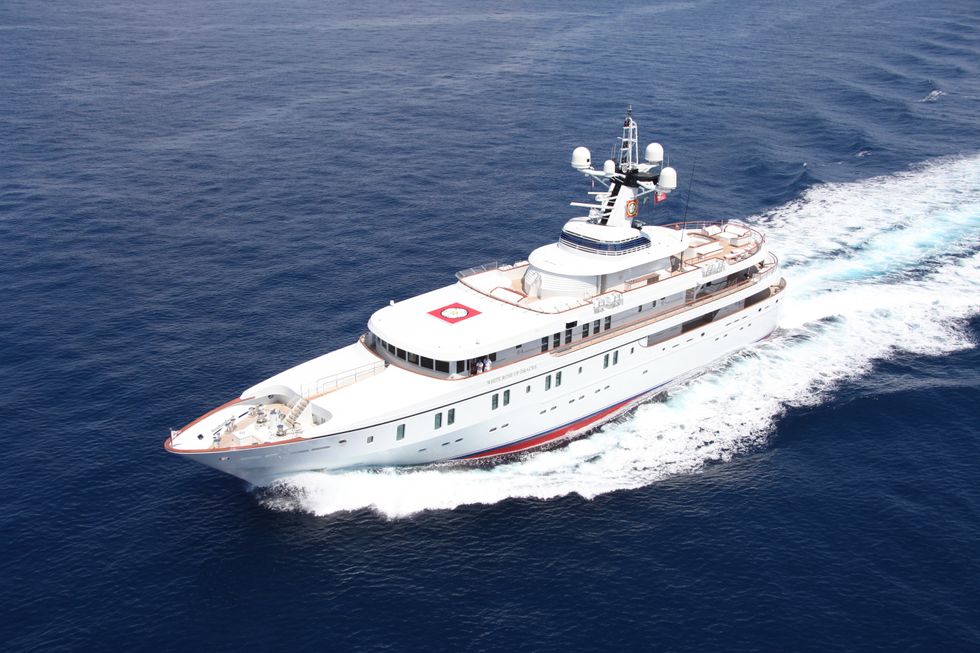Every day, smartphone users, cruise ship captains, and airplane pilots rely on the Global Positioning System (GPS) to safely navigate to their destinations. But attackers can dupe a receiver into thinking it’s somewhere that it’s not by imitating signals emitted from the constellation of GPS satellites operated by the U.S. Air Force. With the right know-how, executing such a spoof requires only about $2,000 worth of equipment. This threat is not purely theoretical: Iran once claimed to have used GPS spoofing to divert a highly classified CIA drone from its route to Afghanistan.
Now, researchers and some manufacturers are developing GPS spoofing detectors to prevent users from being unwittingly steered off course. In June 2014, aerospace engineer Mark L. Psiaki of Virginia Tech (formerly of Cornell University) successfully demonstrated one such spoofing detector on board the White Rose of Drachs, a US $80 million superyacht. His detector used direction-of-arrival sensing, which relies on principles of interferometry to monitor the directions from which GPS signals arrive, and to identify inconsistencies in those angles. It alerted the ship’s crew to a spoofing attack launched as the ship cruised off the coast of Italy. The spoof was coordinated by a group under the direction of Todd E. Humphreys, who leads the Radionavigation Laboratory at the University of Texas at Austin.
Read More: Protecting GPS From Spoofers Is Critical to the Future of Navigation



